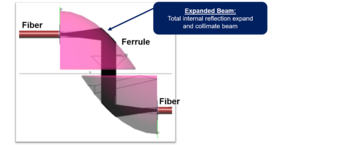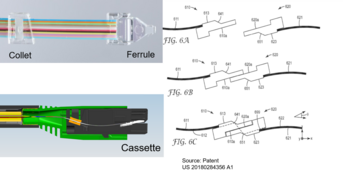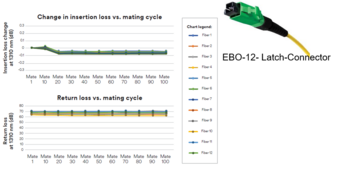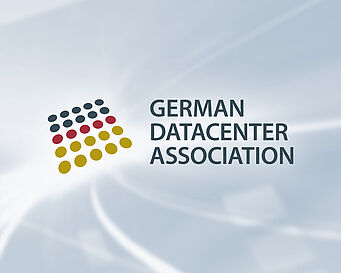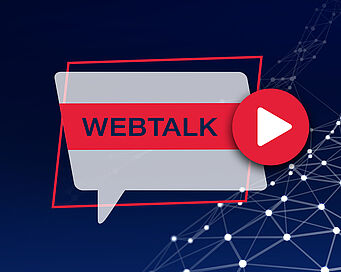Q&A session around the EBO principle
Our webtalk about the new Expanded Beam Optical (EBO) technology and the possibilities it offers for various applications raised very high interest. This also shows the number of questions we received after the live webtalk. That’s why we use the opportunity to interview our expert Wolfgang Rieger in a short Q&A session around the EBO principle.
Why did Expanded Beam Connectors until today not find more widespread market adoption?
As explained already during the live webtalk, former expanded beam connectors had some disadvantages (higher insertion loss, quite expensive technology). However the EBO Technology eliminates now these disadvantages, what will make the Expanded Beam concept very attractive for a lot of applications.
Is it imaginable, that the EBO technology will be integrated into active networking equipment – i.e. optical transceiver ports?
Yes, optical transceivers suffer also from contaminations with dust & dirt. We have also here concrete interest from the market, especially with regard to future 400G & 800G applications.
EBO applies the principle of expanding the beam. How much is the beam expanded in relation to the fiber core?
The beam diameter in the contact zone is about 70µm in case of Singlemode and about 200 µm in case of Multimode. However the beam diameter is not the right parameter to get a conclusion about the “in-sensivity” – it is the enlarged area which needs to be considered. I made a calculation for Singlemode and the effective area is about 60 times bigger than the Singlemode core – what means it is 60 times less sensitive.
Are there also other connector designs already available than those shown during the presentation?
Rosenberger OSI is working on projects with different companies to integrate the EBO technology into other connector designs. And also 3MTM is working on additional developments – even on additional ferrule designs.




